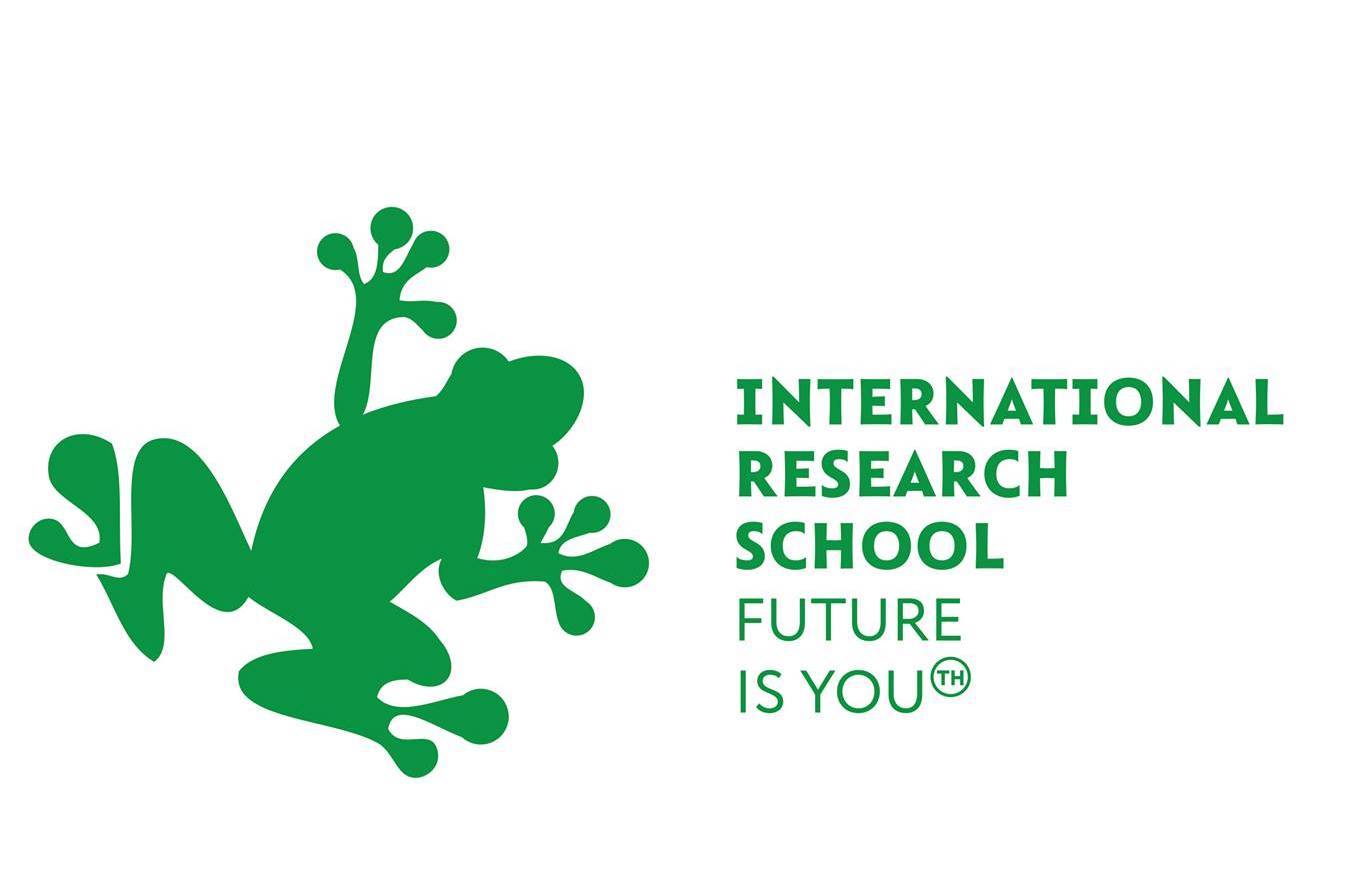14TH INTERNATIONAL RESEARCH SCHOOL
Global climate change, drones and climate comfort: urban environmental forecast
Meteorology, Climatology, Atmospheric Physics, Ecology
'Climate change" – widely used term that you can hear it in every day conversations, scientific laboratories and even political summits. Most of us were born and grew up in the era when frightening words about the destructive man-made impact on the environment and 'global warming' are all around us Is humanity really responsible for the incessant increase in atmospheric greenhouse gas concentrations, or it is just fiction, fake and pseudo-scientific propaganda?

For climatologists, these controversial issues became clear long ago – global warming is real. The only question is which mechanisms are playing main role in this process and what is possible prognosis.
For the regions of Russia, the global warming is incredibly important, because the warming in the country is 2.5 times faster than on the whole planet! The Arctic regions and areas with permafrost are particularly vulnerable. However, temperature is not the only parameter that changes – extreme floods, heat waves, droughts, and even tornadoes - rate of all these catastrophic phenomena is also increasing
For the regions of Russia, the global warming is incredibly important, because the warming in the country is 2.5 times faster than on the whole planet! The Arctic regions and areas with permafrost are particularly vulnerable. However, temperature is not the only parameter that changes – extreme floods, heat waves, droughts, and even tornadoes - rate of all these catastrophic phenomena is also increasing

Therefore, it is especially important to be "climate literate" and "conscious" in the topic of climate change – otherwise how can we understand if Greta Tumberg was right in her statements? For that purpose, it is necessary to understand how meteorological measurements are performed and how the weather forecast is carried out. How drones are involved in it, you might ask?

Drones are becoming a promising platform for conducting contact meteorological observations, which are currently used for weather analysis and forecasting. Every year, the scope of possibilities for the use of drones in meteorology is expanding, opening up new horizons for scientists in the study of atmospheric processes.
With a simple set of sensors (temperature, pressure, humidity, etc.) meteorologists can assemble their own automated aerial weather station: lifting the drone to different heights or moving it in horizontal planes, meteorologists quickly get a picture of the distribution of the main parameters of the atmosphere over the terrain.This kind of measurement is especially valuable for areas where contact measurements are not possible. For example, how else could you measure the profile of meteorological quantities from the level of the blades of grass up to the upper boundary of the cloud so quickly?
With a simple set of sensors (temperature, pressure, humidity, etc.) meteorologists can assemble their own automated aerial weather station: lifting the drone to different heights or moving it in horizontal planes, meteorologists quickly get a picture of the distribution of the main parameters of the atmosphere over the terrain.This kind of measurement is especially valuable for areas where contact measurements are not possible. For example, how else could you measure the profile of meteorological quantities from the level of the blades of grass up to the upper boundary of the cloud so quickly?

The purpose of our course is to help you to get acquainted with the concept of climate and find out what is hidden behind the media picture of 'global warming'. Using the example of Yakutia, we will see how the climate is changing and whether the changes are really large-scale and catastrophic. Also, we will learn from our own experience how meteorological measurements are taken and how the weather forecast is carried out.
By applying the methods of mathematical statistics, we will analyze the series of long-term observations and answer the question: does the climate of Yakutia change much and does El Nino affect it?
In addition, we will understand how much it is possible to judge the climate basing on meteorological measurements taken at one particular point. After all, we know from our experience that it will be cooler on the embankment and in the forest outside the city on a hot summer day than on the square in the city center. To do this, we will take an Arduino microcontroller, a pair of sensors, assemble and program our own weather stations and go on a meteorological hunt! We will even install our weather stations on an unmanned drone and perform vertical sensing of the atmosphere.
By applying the methods of mathematical statistics, we will analyze the series of long-term observations and answer the question: does the climate of Yakutia change much and does El Nino affect it?
In addition, we will understand how much it is possible to judge the climate basing on meteorological measurements taken at one particular point. After all, we know from our experience that it will be cooler on the embankment and in the forest outside the city on a hot summer day than on the square in the city center. To do this, we will take an Arduino microcontroller, a pair of sensors, assemble and program our own weather stations and go on a meteorological hunt! We will even install our weather stations on an unmanned drone and perform vertical sensing of the atmosphere.


With the help of special equipment we will design and assemble our own automated aerial weather station, the data of which will allow us to make a weather forecast for the school venue.
Why do climatologists need drones and supercomputers, how are climatologists and meteorologists using big data and computer modeling? We will talk about that as part of our express project for IRS-2022.
Why do climatologists need drones and supercomputers, how are climatologists and meteorologists using big data and computer modeling? We will talk about that as part of our express project for IRS-2022.
Requirements to the students
Basic school knowledge in mathematics, geography and ecology.
Basic knowledge of Excel.
To understand current climate trends and processes, we recommend reading the latest climate reports of the World Meteorological Organization (WMO): https://reliefweb.int/sites/reliefweb.int/files/resources/WMO%20Provisional%20Report%20on%20the%20State%20of%20the%20Global%20Climate%202021.pdf. Individual aspects of climate change can also be found in the chapters on the official IPCC page (Intergovernmental Panel on Climate Change or in English. Intergovernmental Panel on Climate Change): https://www.ipcc.ch/report/ar6/wg2/.
Basic school knowledge in mathematics, geography and ecology.
Basic knowledge of Excel.
To understand current climate trends and processes, we recommend reading the latest climate reports of the World Meteorological Organization (WMO): https://reliefweb.int/sites/reliefweb.int/files/resources/WMO%20Provisional%20Report%20on%20the%20State%20of%20the%20Global%20Climate%202021.pdf. Individual aspects of climate change can also be found in the chapters on the official IPCC page (Intergovernmental Panel on Climate Change or in English. Intergovernmental Panel on Climate Change): https://www.ipcc.ch/report/ar6/wg2/.
Tutors

Alexandra Narizhnaya
Moscow, Russia
Moscow, Russia
In 2020 Alexandra graduated from Lomonosov Moscow State University and is now a post-graduate student and an employee of the Laboratory of Climate Theory at the Institute of Atmospheric Physics of the Russian Academy of Sciences. She has spent the last 4 years studying climate change in the Arctic. Alexandra finds inspiration for her work in nature observations and expedition research. Alexandra is constantly discovering new corners of our planet: she has visited various corners of the Globe and has almost fulfilled her dream of a round-the-world trip: she has traveled the seas from the Arctic Ocean to the Antarctic continent.
Participation in the IRS-2022 for Alexandra is an opportunity to introduce younger students to the world of modern climatology and meteorology and to show how exciting and diverse the work of a scientist can be.
Participation in the IRS-2022 for Alexandra is an opportunity to introduce younger students to the world of modern climatology and meteorology and to show how exciting and diverse the work of a scientist can be.

Dmitry Chechin
Moscow, Russia
Moscow, Russia
Dmitry - PhD in Physcs and Mathematics, Senior Researcher at the A.M. Obukhov Institute of Atmospheric Physics of the Russian Academy of Sciences. Graduated from the Department of Meteorology and Climatology of the Geographical Faculty of Lomonosov Moscow State University. He is engaged in studies of atmospheric turbulence and the interaction of the atmosphere and the ocean in the Arctic. Dmitry participated in several meteorological campaigns in the Arctic - on board of icebreakers, in scientific aircraft, as well as on the glaciers on Svalbard. In addition to writing formulas and performing numerical calculations, he directs the development and usage of an unmanned aerial vehicle for the study of turbulence. One day Dmitry himself was in Greta Thunberg's place and participated in the delivery of the message from the youth to the ministers of the G20 countries at the summit in Japan demanding to take measures to reduce the anthropogenic impact on the environment.


